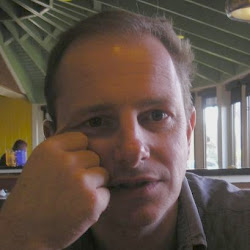Aberdonian progress has not deviated since the Enlightened day that the modern town was built. The ancient map drawn by Gordon of Rothiemay in 1661 shows a trickle of a town with no design .... a selection of buildings laid in unsuitable conditions. After a hundred years of this construction style the people were in one fell swoop placed in line by designers. Within a century, these same people had begun to enjoy this linear living and put the solid granite effect into motion, and following the introduction of several ionic columns, porticoes and forward looking city plans, Aberdeen became is the epitome of modern rational behaviour, mens sana and lucid from street to street.
Built during the age of Scottish improvement, granite wrought King street was a fresh declaration that the Enlightenment was to be an age apart. The upgrade of the Old World continued over all of urban and rural Scotland, but Aberdeen, a civic and administrative centre did better than most by dint of the technicians at the University. Always pushing forward, capsizing the inventions of the past, crossing over to the brighter side, making that stiff climb and being repaid upon the summit .... that was Enlightened Aberdeen …. and what did they not invent in this City? Was not the wide carriage prospect of King Street, a testament to the very communal subverting of Scotland's own peasant habits?
Stonemasons on the tramp congregated for the beneficial toil in C18th Aberdeen, pints of beer were ordered every day for eleven in the morning, and the stones arrived with the architects orders to raise them from the flattened earth. An army of men was kept in motion until the entire Northern prospect of Aberdeen was built. Every workmen was timed and tasked and the stone was cut exactly because measurement was the new science. Blocks of stone, each weighing more than a ton were brought for the basis of the buildings on King Street, and these were laid in chevron, before being guided from the rising ground to make equal match with the earth, equal match with the next stone, and then equal match with the sky.
The design on the micro-scale was also important. A square tapering to an octagon, finishing with a circle, a block engraved with the designer's name a crafty lintel that he'd spotted, from Greece and Rome. King Street ascended from the ground in sharp vertical stones of granite and a perfect view from the Mercat Cross revealed the gradient of the sky and the fact that there was no slant or pitch in the buildings. Where had been farm shacks and wood tenements, an incline now led from the town. It then inverted and rose where King Street became the University of Aberdeen.
